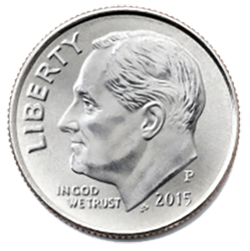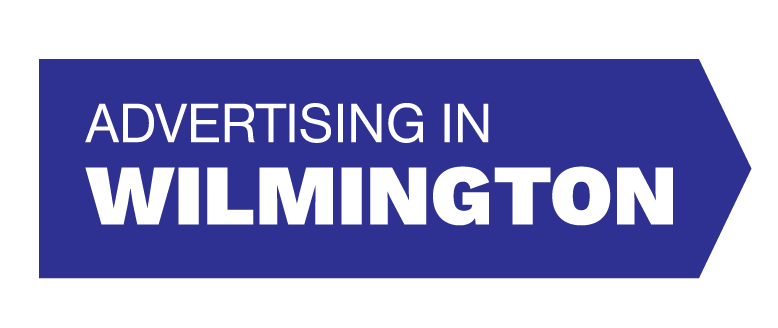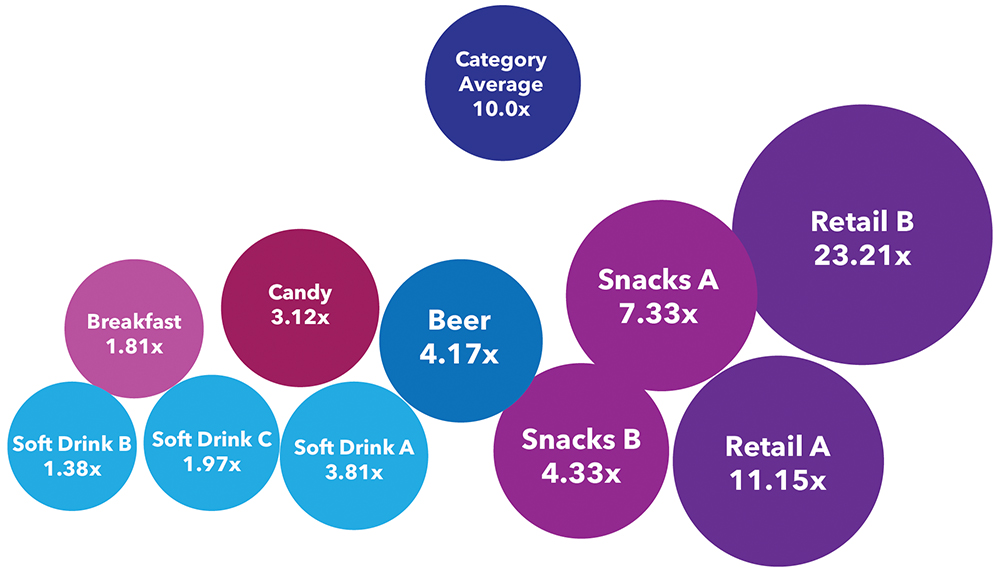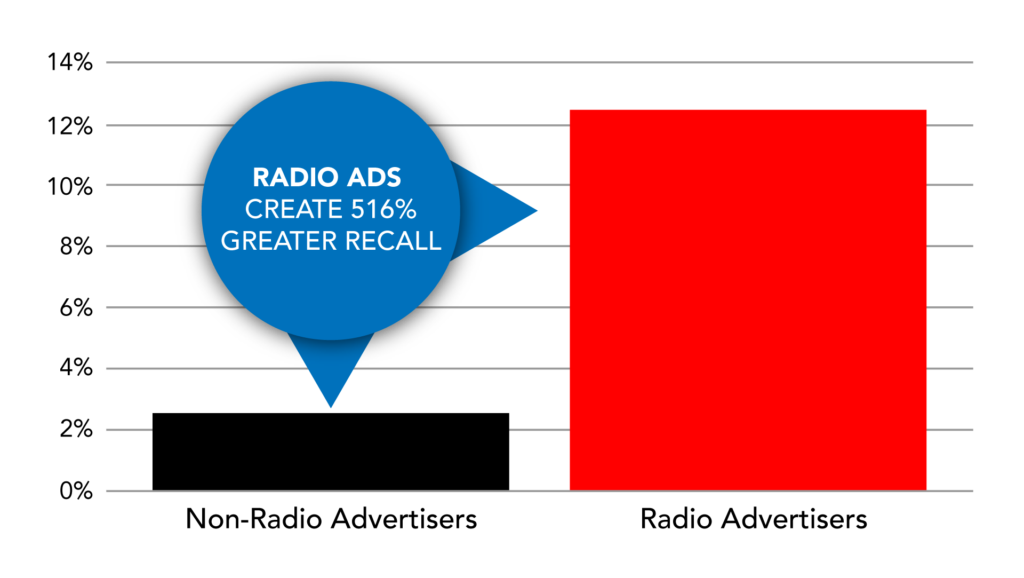 Suppose you woke up one morning and found a 100-year-old machine in your basement. You soon discovered that every time you put a dime in the machine, one dollar came out. How many dimes would you drop in that machine?
Suppose you woke up one morning and found a 100-year-old machine in your basement. You soon discovered that every time you put a dime in the machine, one dollar came out. How many dimes would you drop in that machine?
Good news for Tri-State area small business owners: such a machine exists and you probably have one in your car, at work, at home, even on your phone. It's called Wilmington radio.
Over the past few years, Nielsen has conducted over 20 studies to determine what type of return-on-investment (ROI) a business can expect from radio advertising. Although the results varied by industry, the average company generated $100 in sales for ever $10 invested. Turning dimes into dollars.
The chart below shows the range of returns from each study.
AdAge, a trade magazine for advertising professionals, calls these types of return "eye-popping". The magazine goes on to say radio's ROI is superior to commercials on TV, online, and social media.
One of the reasons radio advertising delivers such impressive returns is the medium's dominant reach.
Last week, for instance, significantly more consumers tuned-in to Wilmington radio than watched local TV; read a newspaper; browsed social media, or streamed music from Pandora and Spotify.
According to Nielsen, reach is the most important media consideration for driving sales. It is more important than branding, targeting, recency, or context.
Radio commercials have also proven to be very effective in producing unaided message recall at time of purchase. A Wilmington area consumer can only buy something from a company they can remember. This can have a profound effect on ROI, as well.
Local Ad Recall, a research company that measures the effectiveness of advertising, found that brand recall was five times higher for companies that advertised on radio versus the companies that did not.
After seeing the results of Nielsen's ROI studies, media expert Doug Schoen wrote in Forbes Magazine, "I found this data nothing short of fascinating. It’s quite clear that we should all be paying more attention to radio, its reach and potential to help our businesses. It’s doing the job with expert efficiency.”

.png)






